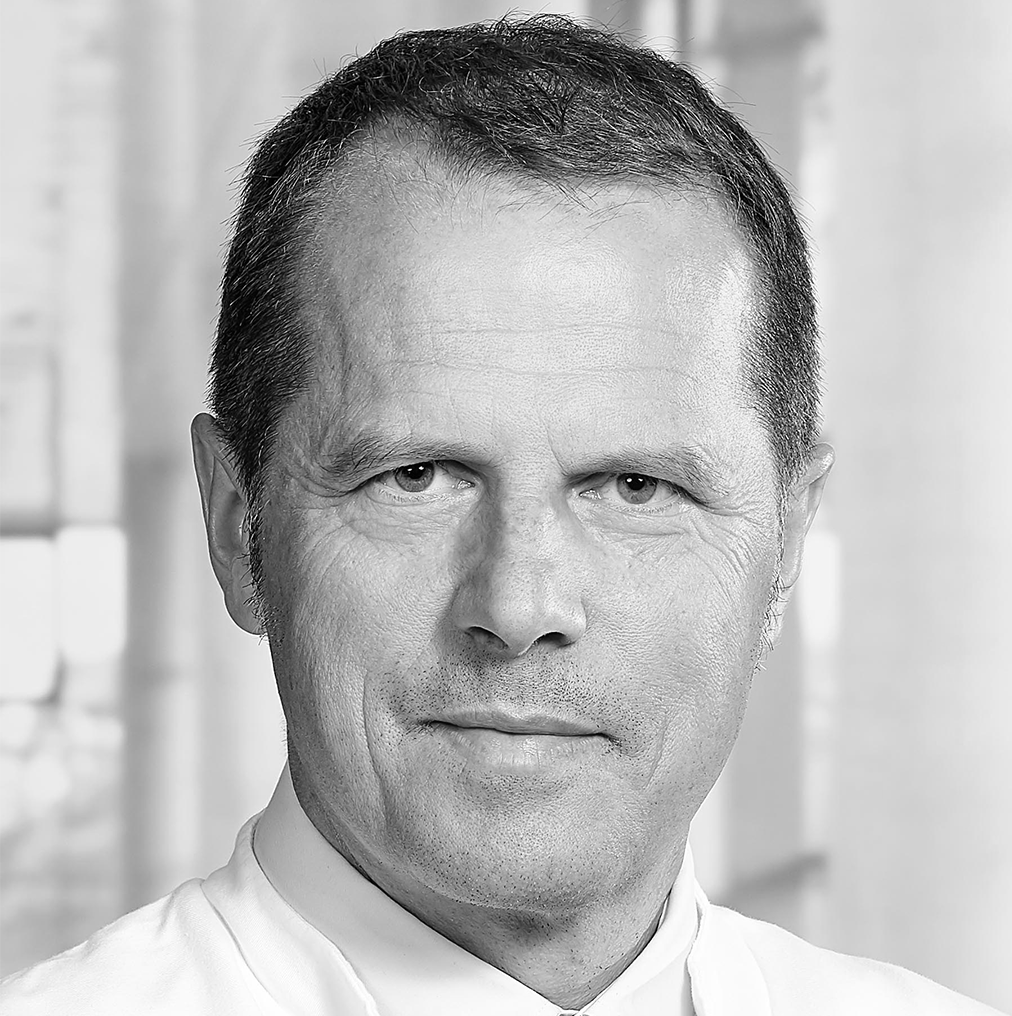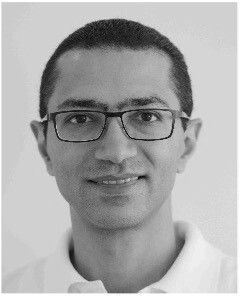Prof. Dr. Dr. Bernd Lapatki & Dr. Fayez Elkholy


Prof. Dr. Dr. Bernd Lapatki
Germany
Professor (W3) and Medical Director Clinic for Orthodontics
Center for Dental and Maxillofacial Surgery University Hospital of Ulm
- 1994: Degree in dentistry at the Albert Ludwigs University of Fribourg
- 1995 – 1997: General dentist in the practice Dres. Joachim in Schramberg
- 1997 – 2000: Resident at the Department of Orthodontics, University Clinic of Fribourg (Medical Director: Prof. Dr. I. E. Jonas)
- 1998: Doctorate and title Dr. med. dent. at the Medical Faculty of the Albert Ludwigs University of Fribourg
- 2000 – 2008: Specialist in Orthodontics and Senior physician at the Department of Orthodontics, University Clinic of Fribourg (Medical Director: Prof. Dr. I. E. Jonas)
- 2006: University Teacher Baden-Württemberg at the Competence Centre for University Teaching in Medicine Baden-Württemberg
- 2007: Habilitation in Oral and Maxillofacial Surgery at the Albert Ludwigs University of Fribourg, with Prof. Dr. I. E. Jonas
- Since 2009: Medical Director of the Clinic for Orthodontics, University Hospital of Ulm
- 2010: PhD at the Hospital for Neurology at the St. Radboud University Nijmegen, the Netherlands
- 2013 – 2019: Managing Director of the Center for Dental and Maxillofacial Surgery, University Hospital of Ulm
- Since 2019: Dean of Studies in Dentistry, University of Ulm
Dr. Fayez Elkholy
Germany
Senior physician – Specialist in Orthodontics
Clinic for Orthodontics
Center for Dental and Maxillofacial Surgery
University Hospital of Ulm
- 1997 – 2003: Studies of dentistry, Alexandria University, Egypt
- 2003 – 2004: Post-graduate assistant, Alexandria University, Egypt
- 2004 – 2006: General dentist at the Elmaghrabi Hospital, Alexandria, Egypt
- 2006 – 2007: Visiting dentist at the Department of Orthodontics, Cairo University, Egypt
- 2007 – 2008: General dentist at the El-Ahly Hospital, Alexandria, Egypt
- 2008 – 2009: Visiting dentist at the Clinic for Orthodontics at the University Hospital of Ulm (Medical Director: Prof. Dr. F Sander)
- 2009 – 2010: Resident in the orthodontic practice Dr. Floronia Niehuss, Bonn
- 2010 – 2013: Resident at the Clinic for Orthodontics at the University Hospital of Ulm (Medical Director: Prof. Dr. Dr. B. Lapatki)
- 2012: Licensed to practice as a dentist
- 2013: Degree in orthodontics, University of Ulm
- 2013 – 2016: Specialist in Orthodontics at the Clinic for Orthodontics at the University Hospital of Ulm (Medical Director: Prof. Dr. Dr. B. Lapatki)
- 2016: Doctorate and title Dr. med. dent.
- 2016: Senior physician at the Polyclinic of Orthodontics at the University of Ulm (Medical Director: Prof. Dr. Dr. B. Lapatki)
-
Abstract
Experimental Biomechanical Studies on the Intrusion and Extrusion of Incisors with Aligners
Objective: Because of the tooth morphology, extrusion or intrusion of the incisors with aligners is one of the more demanding movements. This lecture features a biomechanical comparison with the corresponding techniques of multi-bracket therapy as well as the biomechanical evaluation of pseudo-segmented concepts based on aligners.
Forces generated in vitro for both movements and the optimal modifications to optimise these movements.
Materials and methods: In-vitro measurements in our biomechanics laboratory included the extrusion of a single maxillary central incisor separated from a Frasaco® model. Either rectangular or tetrahedral attachment geometries with widths of 3–6 mm and inclinations of 20°, 25°, and 30° in relation to the crown axis were attached to the labial crown surface of the measuring tooth. For comparison, measurements were also carried out without attachments. The extrusive movements were investigated using 0.5-mm-thick PET-G aligners (CA®, Scheu-Dental) with different set-up increments.
For the simultaneous intrusion of teeth 11 and 21, retention attachments were bonded to the posterior teeth according to a pseudo-segmented approach, whereby the attachments extended to different teeth of the anchoring segment (teeth 6-3, 6-4, and 6-5 or 6 only). 0.5-mm- and 0.75-mm-thick aligners as well as single-layer PET-G aligners (CA®, Scheu-Dental) and multi-layer aligners (CA-Pro®, Scheu Dental) were used.
Results: With a set-up step of 0.2 mm, an attachment width of 4 mm, and an active surface inclined by 30°, the extrusive forces were 0.6 N (IQR 0.8) for the rectangular geometry and 0.1 N (IQR 0.4) for the tetrahedral geometry. Regardless of the attachment type or set-up step, the attachments with an inclination of 20° showed only minimal extrusive forces.
With simulated intrusion of teeth 11 + 21 and retention attachments on both 6s and 5s, forces of 7.4 N (IQR 1.2) were measured for the 0.75 mm PET-G aligners with a set-up step of 0.5 mm and forces of 4.7 N (IQR 0.4) for the CA-Pro aligners.
Conclusion: During the extrusion of maxillary incisors, the extrusive forces generated by the rectangular attachment geometry (with the same inclination) were more than twice as high as those generated by the tetrahedral geometry. Extrusion attachments should have an active surface with an inclination of at least 25° to the crown axis in order to generate adequate force levels. In contrast, aligners with attachments on the 6s and 5s can generate effective intrusive forces. This configuration minimises the reciprocal extrusive forces on the canines and reduces distal tipping of the six-year molars because of the blocking of the 5s and 6s.
DGAO · Deutsche Gesellschaft für Aligner Orthodontie e.V. | dentevent by A Hoy PR


